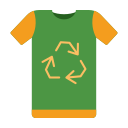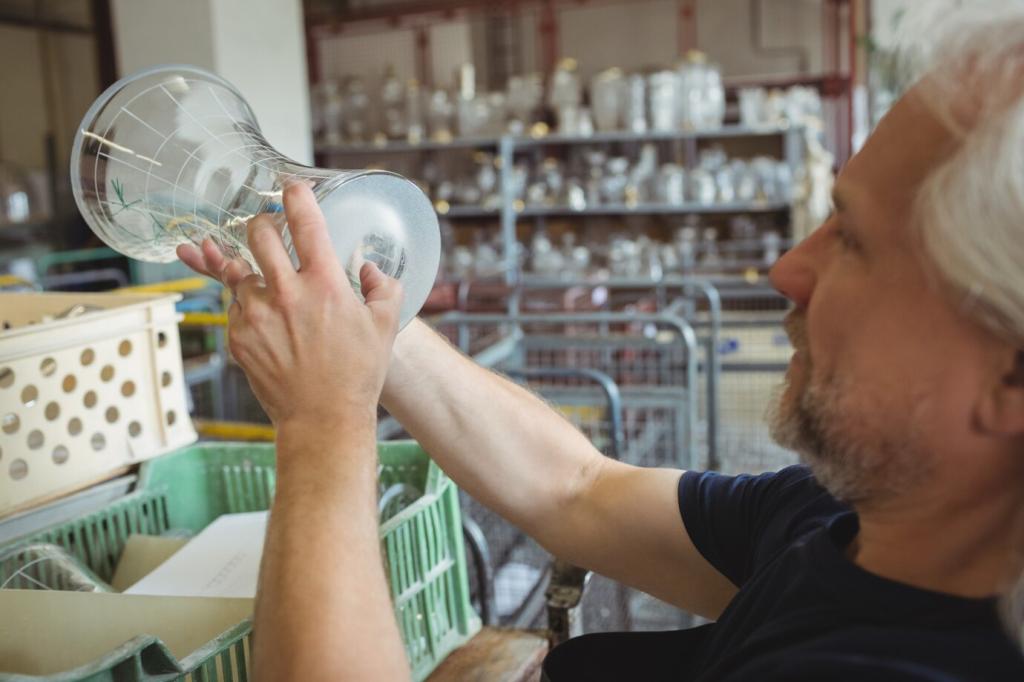Design for Circularity: Rethinking Garments at the Sketch
When garments use a single dominant fiber and compatible trims, recycling becomes simpler. Designers plan seams, threads, and labels for easy disassembly, enabling future recovery without compromising movement, comfort, or expressive, distinctive style.
Design for Circularity: Rethinking Garments at the Sketch
Timeless, modular silhouettes outlast trends and encourage repairs. Extra seam allowances, spare buttons, and accessible stitching invite alterations, extending each piece’s life while strengthening personal attachment and reducing the urge for disposable, forgettable fashion.


